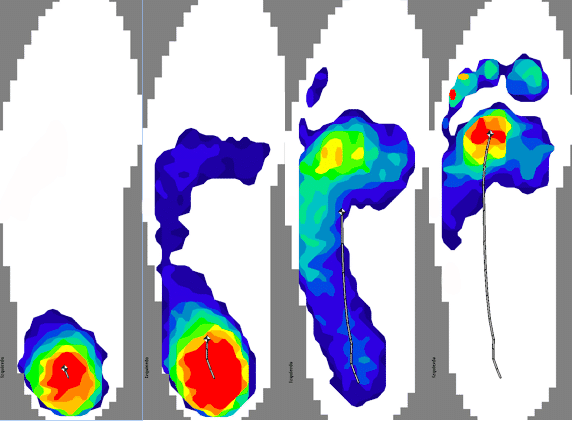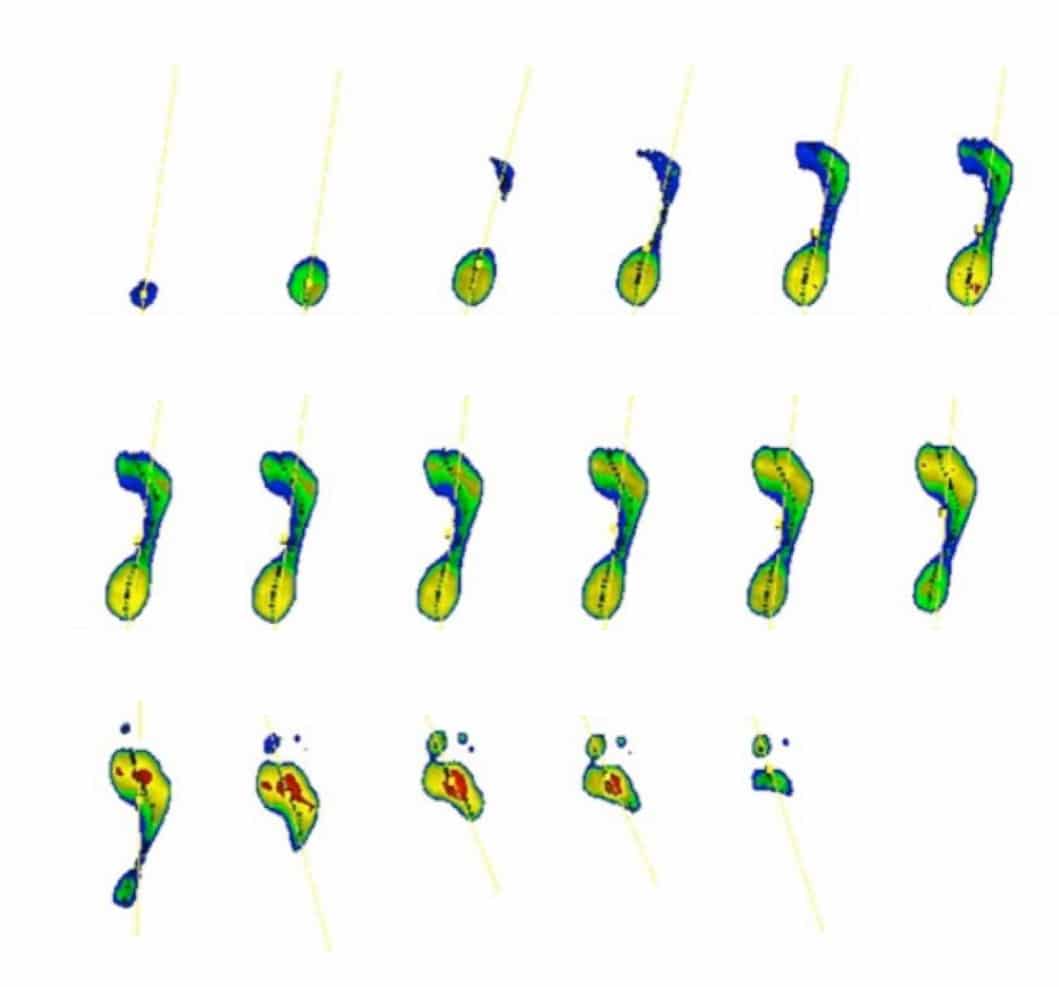
Why is it important?
Proper biomechanical analysis allows problems to be detected at an early stage, before they become chronic or painful injuries. In addition, identifying the origin of certain pain or discomfort in other parts of the body, such as the knees, hips or back, can be essential to effectively treat symptoms and prevent future complications.

Who is it addressed to?
Biomechanical analysis is beneficial for anyone who wants to optimize their physical performance or who is experiencing pain in their feet, ankles, knees, hips, or back. It is also ideal for:
- Athletes: To improve performance and prevent injuries.
- People with chronic pain: Such as knee, back or foot pain.
- Children: To detect alignment problems or malformations in the feet at an early age.
- Pregnant: To adjust footwear and improve posture during pregnancy.
